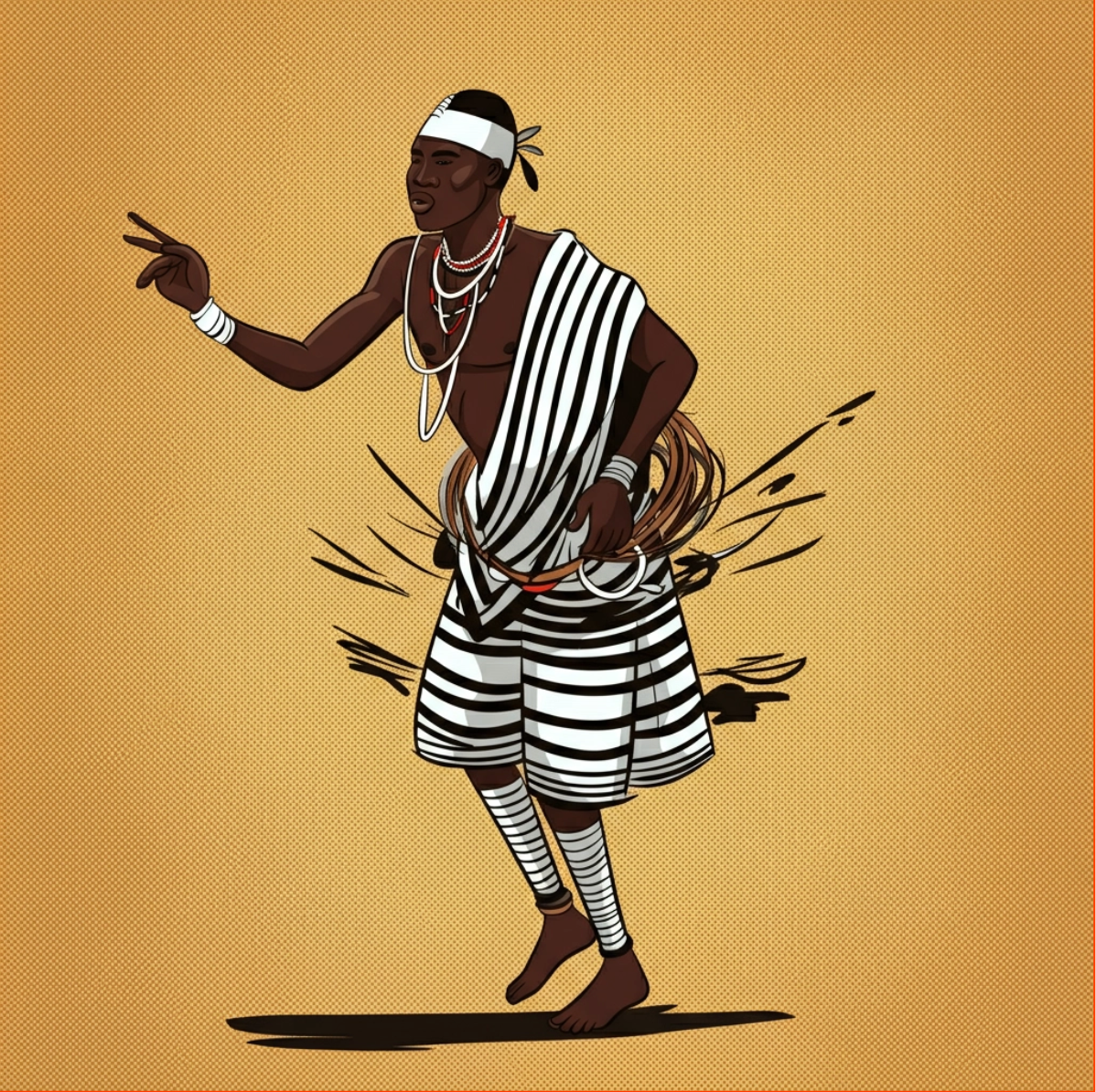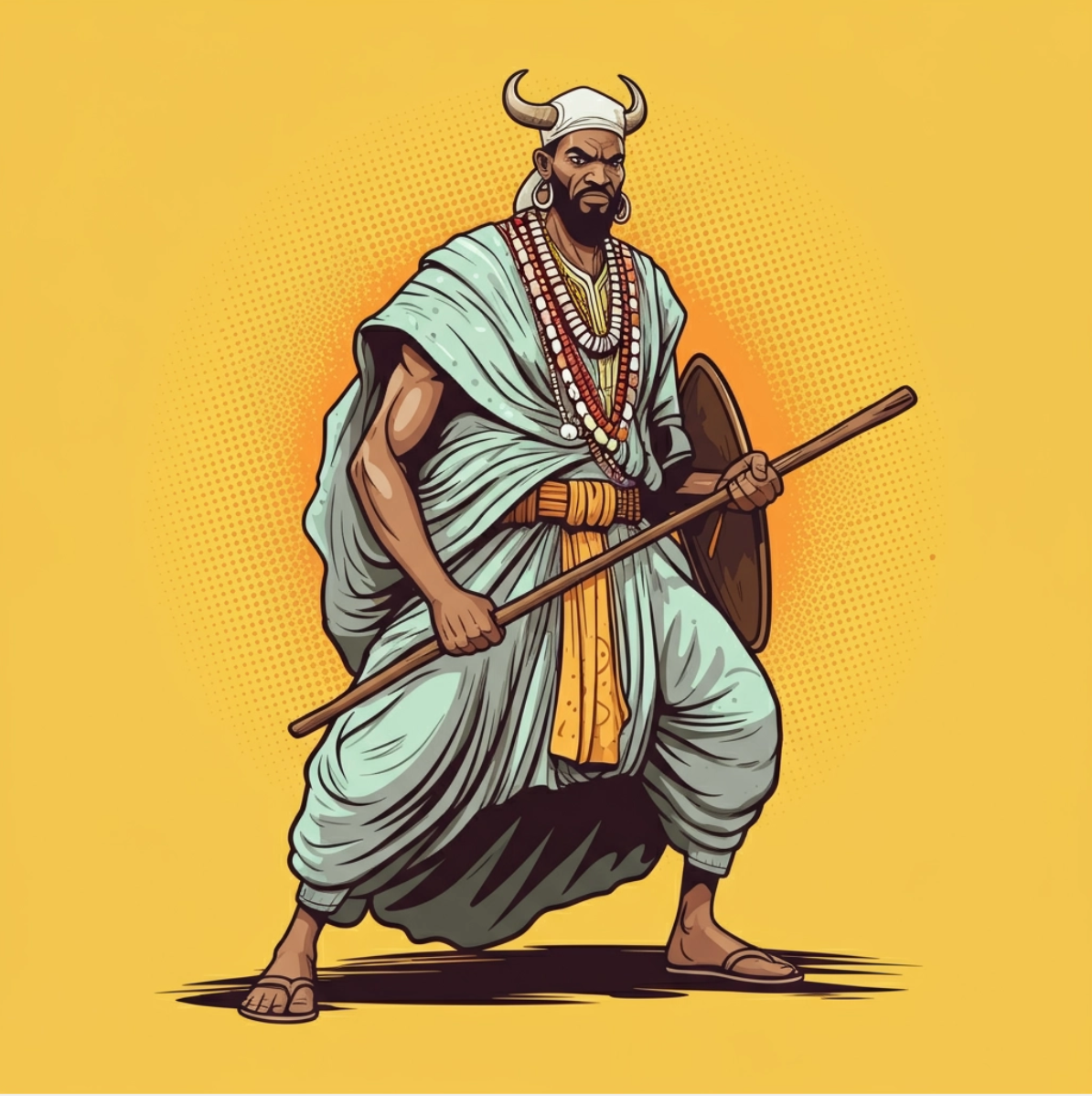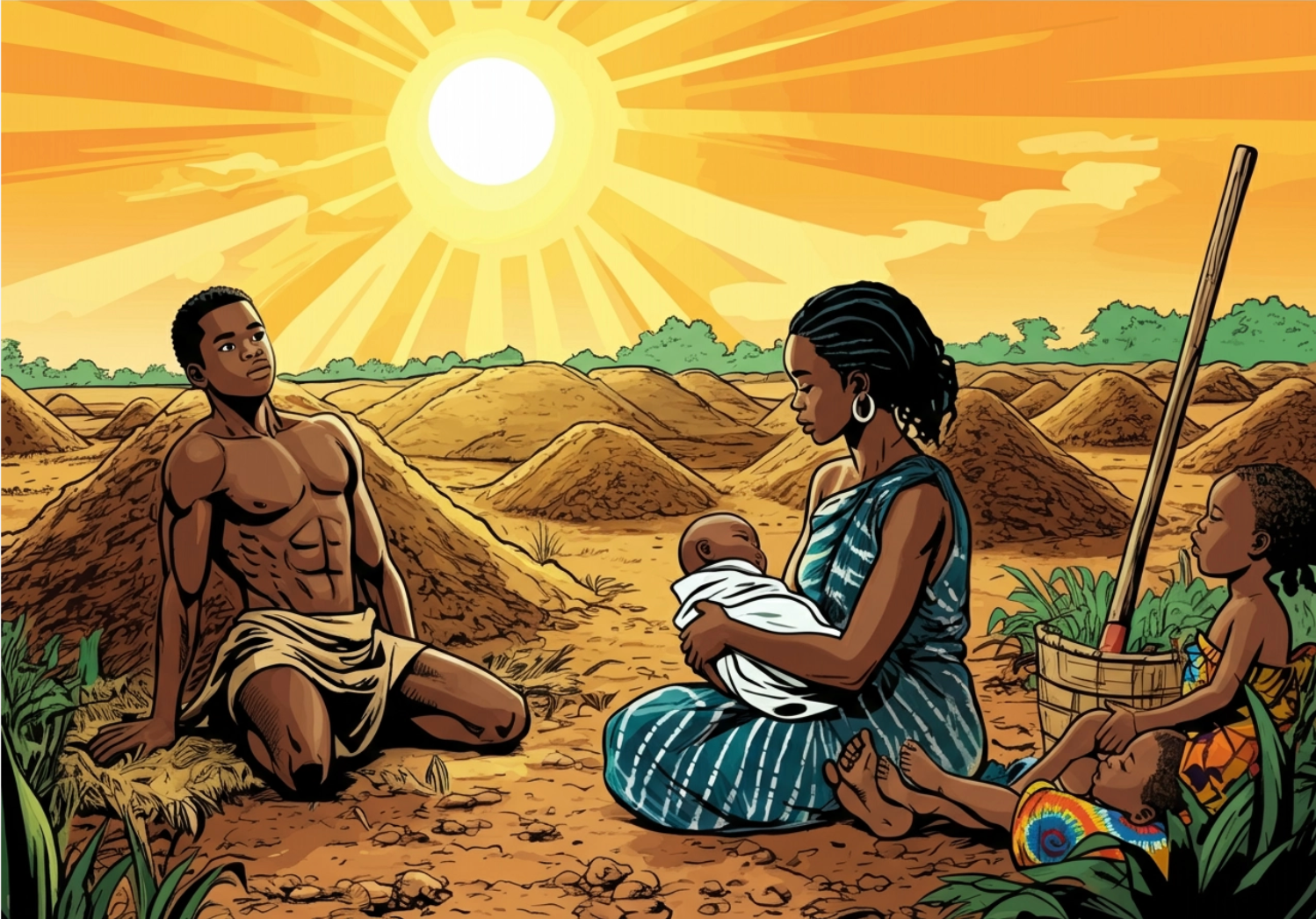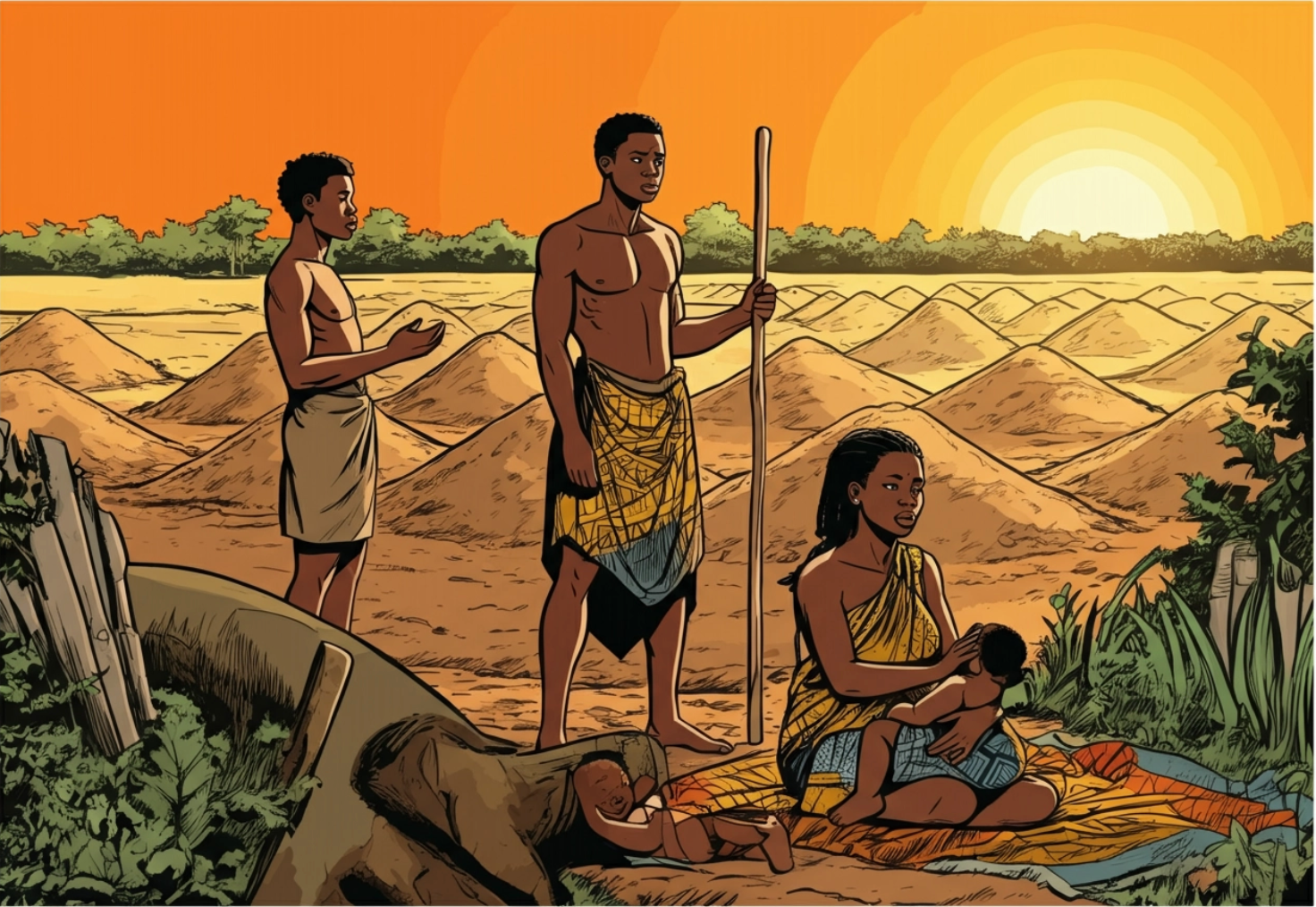Interactions with various ethnic groups as they migrated and settled in different regions shaped their cultural practices, social structures, and relationships with neighbouring communities.
These interactions were often marked by both cooperation and conflict, particularly over marriage and territorial disputes. The Tiv's tendency to resist intermarriage with neighbouring groups created tensions.
Over time, the Tiv became more integrated with their neighbours, leading to a more complex and interconnected social landscape.
Muanawuha Settlement
The Tiv migrated to the
Muanawuha River valley after leaving their earlier settlements.
Muan Settlement
After leaving
Muanawuha, the Tiv settled at Muan, located about nine miles from the
Muanawuha River. Here, they encountered the Ugenyi ethnic group for the first time. The
Ugenyi claimed to have been in the area before the Tiv arrived.
Despite initial peaceful coexistence, the Tiv did not intend to stay permanently in
Muan. Their relationship with the
Ugenyi was marked by cautious interaction, as the Tiv were wary of forming deep ties with neighbouring groups. Eventually, the Tiv moved southward, passing through territories inhabited by the Undir, Ukwese, Ugbe, and Iyônov ethnic groups.
Mkomon Settlement
Interactions with the Fulani
After the Tiv moved away from
Mkomon, they
had a significant interaction with the Fulani
and lived together for a time. The
Fulani provided protection against aggressor groups and the
Tiv admired the
Fulani's fighting skills, so much that they nicknamed the Fulani's
pul, meaning "conqueror."
Specific examples of linguistic influences are:
- "Shin ja" (Let us go): The Tiv and Fulani share the phrase
shin ja, which means "let us go" in both languages. This phrase is an example of a direct linguistic borrowing, showing how the Tiv adopted certain expressions from the Fulani.
- "Ijembe" (Axe):
The Tiv word for an axe,
ijembe, is the same as the Fulani word for the same tool. This indicates that the Tiv adopted not only the word but also the concept of the tool from the Fulani, reflecting their shared cultural and practical knowledge.
- "Pul" (Conqueror): The Tiv nicknamed the Fulani
pul, meaning "conqueror," which is derived from the
Fulfulde word
Pullo (singular for a Fulani person). This term reflects the Tiv's admiration for the Fulani's martial prowess and their role as protectors during their cohabitation.
These examples demonstrate the close interaction between the Tiv and Fulani when they lived together. The shared words and phrases suggest that the Tiv not only borrowed vocabulary but also integrated certain aspects of Fulani culture into their own. This linguistic exchange is a testament to the historical ties between the two groups, even after they parted ways.
Ibenda Settlement
After they left
Mkomon, the Tiv moved to Ibenda Hill, located in the present-day
Turan clan. At
Ibenda, they settled according to their kindred groups, with the descendants of Ipusu settling in the Ibenda
Shitire area and the descendants of Ichôngo in Ibenda Iharev.
The Tiv felt secure at
Ibenda, as the only nearby ethnic groups were the Udam and Uke, who posed no significant threat. So they built temporary structures and began to establish a more permanent presence in the region.
Their interactions with the
Udam and
Uke were relatively peaceful, and the Tiv focused on developing their own cultural and agricultural practices.
Other Relations
Somewhere during the period after parting from the
Fulani's,
the Tiv continued to interact with various ethnic groups, including the Undir, Ukwese, Ugbe, Iyônov, and Utange. These interactions were often marked by both cooperation and conflict, particularly over marriage and territorial disputes. The Tiv's tendency to resist intermarriage with neighbouring groups created tensions, but they also adopted certain cultural practices, such as bodily markings, from these groups. Over time, the Tiv became more integrated with their neighbours, leading to a more complex and interconnected social landscape.
In Conclusion
Interactions with other ethnic groups were shaped by their migration patterns and the need to establish secure settlements.
Their relationships were marked by both cooperation and conflict, particularly over marriage and cultural practices. Over time, they gradually became more integrated with neighbouring communities, adopting some of their customs while maintaining their distinct identity.







